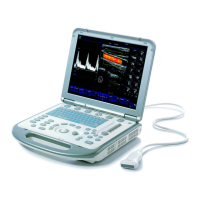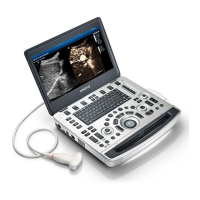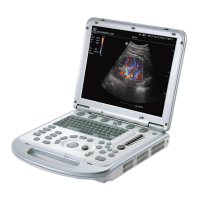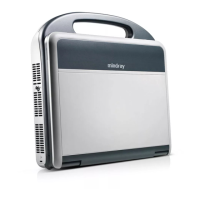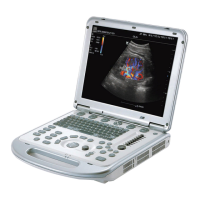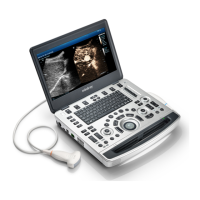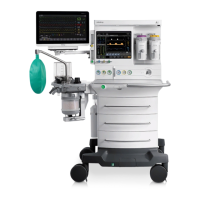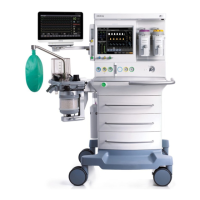What to do if the power indicator blinks on my Mindray M8 Medical Equipment?
- AAnthony WalkerAug 5, 2025
If the AC indicator is on, but the power on/off indicator is off or blinking after pressing the button on your Mindray Medical Equipment, the cause may be an error from the main board of the power supply. The suggested solution is to replace the main board.


